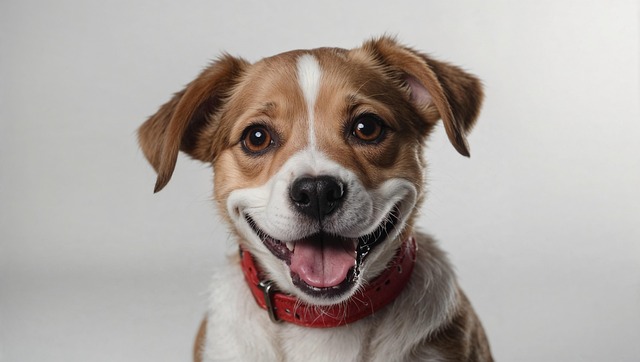
How do i train my dog to be obedient?
Watching your dog dart across the park ignoring your calls isn’t just frustrating—it can put them at risk near busy streets or public spaces.
Watching your dog snarl at a neighbor’s kid or snap at another pup during a walk isn’t just stressful—it can also put you at risk of violating local leash laws or even breed-specific regulations in places like Denver or parts of the UK. The first step isn’t scolding, though; most aggression stems from fear, not malice. Try standing sideways (less threatening) and calmly guiding your dog away from the trigger, like a barking stray or a crowded playground, instead of yanking their leash.
Always pair redirection with positive reinforcement—keep tiny, smelly treats (think freeze-dried liver) in your pocket for when they stay calm around a trigger. If your dog spots a jogger and doesn’t lunge, say “good choice” and give a treat immediately; dogs learn fastest when rewards come within 2 seconds. Just remember: in many European countries, using shock collars or harsh corrections is illegal, so stick to reward-based methods to stay compliant and kind.
 Consistency matters more than long training sessions—10 minutes, twice a day, works better than an hour once a week. Practice in low-stakes areas first, like your quiet backyard, before moving to busier spots like a dog park. And never force interactions: if your dog hides behind you when a stranger approaches, let them—pushing them to “be brave” can make fear worse, which fuels more aggression later on.
Consistency matters more than long training sessions—10 minutes, twice a day, works better than an hour once a week. Practice in low-stakes areas first, like your quiet backyard, before moving to busier spots like a dog park. And never force interactions: if your dog hides behind you when a stranger approaches, let them—pushing them to “be brave” can make fear worse, which fuels more aggression later on.
If aggression persists—like growling when someone touches their food bowl or biting during grooming—reach out to a certified applied animal behaviorist (CAAB) or a trainer with a CPDT-KA credential. Many cities in the US require trainers to be licensed, so ask for proof of certification to avoid unqualified help. A professional can spot subtle cues you might miss, like a stiff tail or flattened ears, and tailor a plan that fits your dog’s personality and your local laws.
Training out aggression takes time—don’t get discouraged if progress feels slow. Celebrate small wins, like your dog glancing at a cat without hissing, and remember that patience keeps both you and your pup safe. By combining gentle guidance, positive rewards, and compliance with local regulations, you’ll build trust with your dog and turn stressful moments into calm ones. After all, a happy, well-adjusted dog is a joy to take on walks, to the park, and even just to curl up with on the couch.

Watching your dog dart across the park ignoring your calls isn’t just frustrating—it can put them at risk near busy streets or public spaces.

New puppy owners often find themselves rushing to clean up accidents before they set in, and that’s where puppy pad training becomes a game-changer.

If you've noticed your dog's waistline disappearing and your veterinarian has mentioned those few extra pounds, your first instinct might be to simply reduce the amount of food in their bowl.

Training a dog to use a designated spot indoors isn’t as daunting as many new owners fear, but it does take consistency and an understanding of your pet’s needs.

That moment of dread on a walk is all too familiar for many new dog owners. You see another dog approaching down the sidewalk of your neighborhood

If the sight of another dog on your neighborhood walk makes your heart sink as your own dog erupts into a frenzy of barking and lunging, you're not alone.